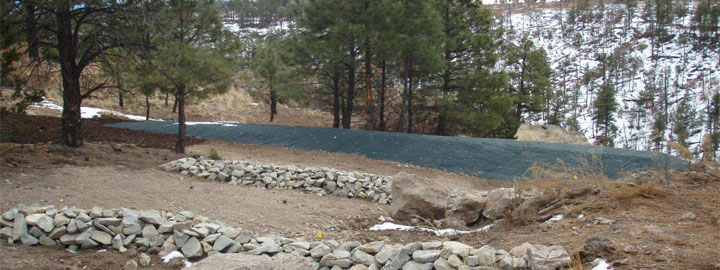Individual Permit
Legacy Cleanup
Among other legacy cleanup operations, the work performed under the National Pollutant Discharge Elimination System (NPDES)
Individual Permit is managed by N3B for the
Department of Energy’s Environmental Management Los Alamos Field Office
,
as of April 30, 2018
What's New
|
Documents recently submitted to the EPRR
November 10, 2025
October 16, 2025
September 18, 2025
July 21, 2025, |
What Is the Individual Permit for Storm Water?
The Permit - LANL SWIP Final NPDES Permit
- was issued by the U.S. Environmental Protection Agency,
Region 6, on June 29, 2022 to Newport News Nuclear BWXT-Los Alamos, LLC and the U.S. Department of Energy Office of Environmental Management.
The Individual Permit became effective on August 1, 2022.
The Permit contains nonnumeric technology-based effluent limitations, coupled with a comprehensive, coordinated inspection and monitoring program, to minimize pollutants in the Permittees’ storm water
discharges associated with historical industrial activities from specified SWMUs and AOCs. The Permittees are required to implement site-specific control measures
(including best management practices [BMPs]) to address the nonnumeric technology-based effluent limits, as necessary, to minimize pollutants in their storm water discharges.
The Permit establishes target action levels (TALs) that are equivalent to New Mexico State water-quality criteria.
These TALs are used as benchmarks to determine the effectiveness of control measures implemented under the Permit.
That is, confirmation monitoring sample results for an SMA are compared with applicable TALs during the Site Specific demonstration (SSD).
The SSD places SMAs into one of three tiers. The Tiers are as follows; Tier 1, Site Deletion; Tier 2, Long-term Stewardship; and Tier 3, Corrective Action.






